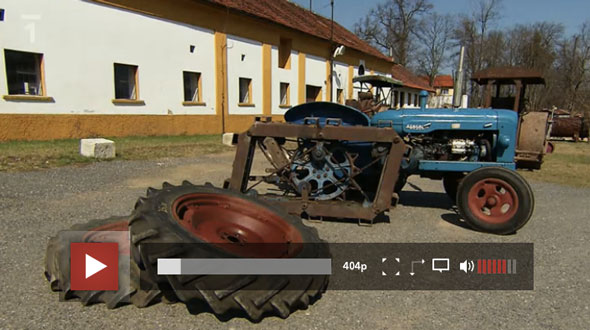The collection includes approximately 80 tractors from all around the world, from the earliest tractors up to tractors from the early 1960s.
The oldest is the Case 15-27 Tractor (USA) from 1919 with a cross-mounted motor and front ploughing axle. The museum also has a Fordson F Tractor (USA) from 1921, with a frameless construction. This is considered to be the tractor with which Henry Ford determined the direction of further developments in tractor manufacturing right up to the present day.
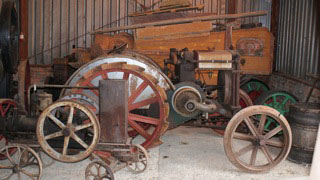
Tractors from the 1920s are represented by the American tractors: John Deere D (the first model from John Deere) and McCormick-Deering type10-20 and type15-30.

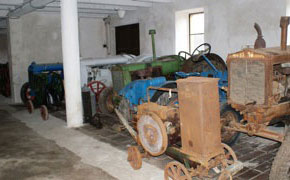
Tractors from the 1930s include the International W30, Farmall type F12, type F14 and type F20, John Deere type G and type AR, Case C, the Czechoslovakian Škoda HT18, Svoboda DK12, the English Fordson Standard N, as well as its industrial version Standard N Industrial, the German Miag LD20, Normag NG22, and Deutz 11.


Examples of tractors from the 1940s include the Czechoslovakian Svoboda type DK15 and type D22, Škoda 30, Zetor 15, the German Lanz Bulldog 25PS, the Hungarian HSCS G35 also with a hot-bulb engine, the American Oliver type 70 and type 88, Farmall type A and type H, Ford 9NAN, the English Allis Chalmers B, David Brown VAK1A, Fordson N, French Renault R3040, and the Latil H3PTLPS3 (a tractor which served to pull barges along canals, only 12 of which were manufactured).
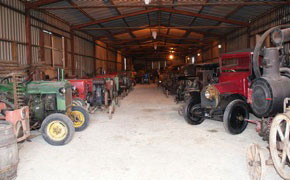

The greatest boom in tractor manufacturing came in the years after the Second World War, when tractors were manufactured in large series in the Communist Eastern Bloc countries, whereas many small manufacturers also started to produce tractors in the Capitalist world. The exhibits include the Zetor 25A from Czechoslovakia, the IFA Aktivist from the DDR – East Germany and the Chernovec CHTZ from the USSR. Foreign tractors from the Capitalist world include the English Field Marshall MK2 (flat diesel single-cylinder, two-stroke motor with a capacity of nearly 5 litres and a similar system to the tractors with a hot-bulb engine), Opperman Motocart (three-wheeler with an interesting construction), David Brown Taskmaster (for towing planes), a Fordson Major with an interesting type of rear wheels (boxes) for better traction on soft terrain, the German Schmotzer type Rekord and type Kombi (3-metre-wide toolbar with double controls), the McCormick D-324 and Kramer K15 made under licence.
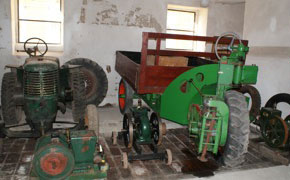
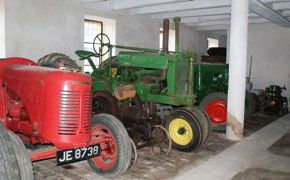
The French Ferguson TEA20, Micromax GF14, Massey-Harris Pony 820, Kiva, Simplex 602, McCormick type FCC and type FU265, Labourier LD25D, Van Poucke, Arnoux, Energic, and the Austrian Steyr 80. Tractors from the early 1960s are the: Zetor Super 50 (Czechoslovakia) and RS 09 (DDR – East Germany).
The collection also includes tracked tractors from Motoculta (France), an unrestored Fowler VF (England), DT 54 (USSR), Agrostroj PT10 (Czechoslovakia) and Fiat 411C (Italy).
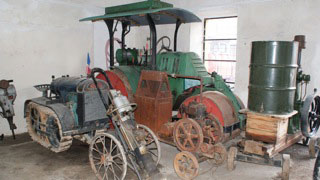
Among the tractors we also have several road rollers: Kemna (Germany now Poland), Zettelmeyer (Germany), Barford (England), Fives-Lille (France), Laffly (France) and UMP R12 (Romania).
